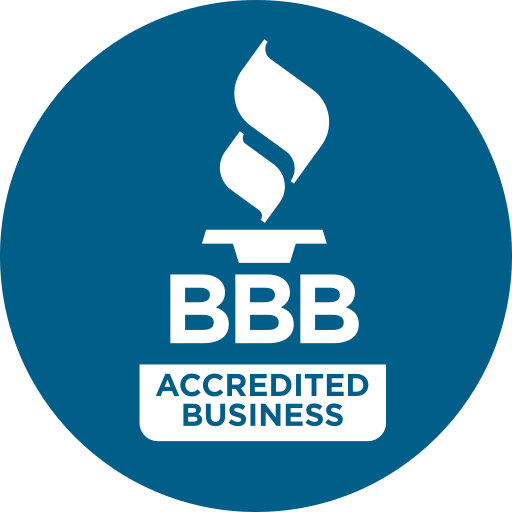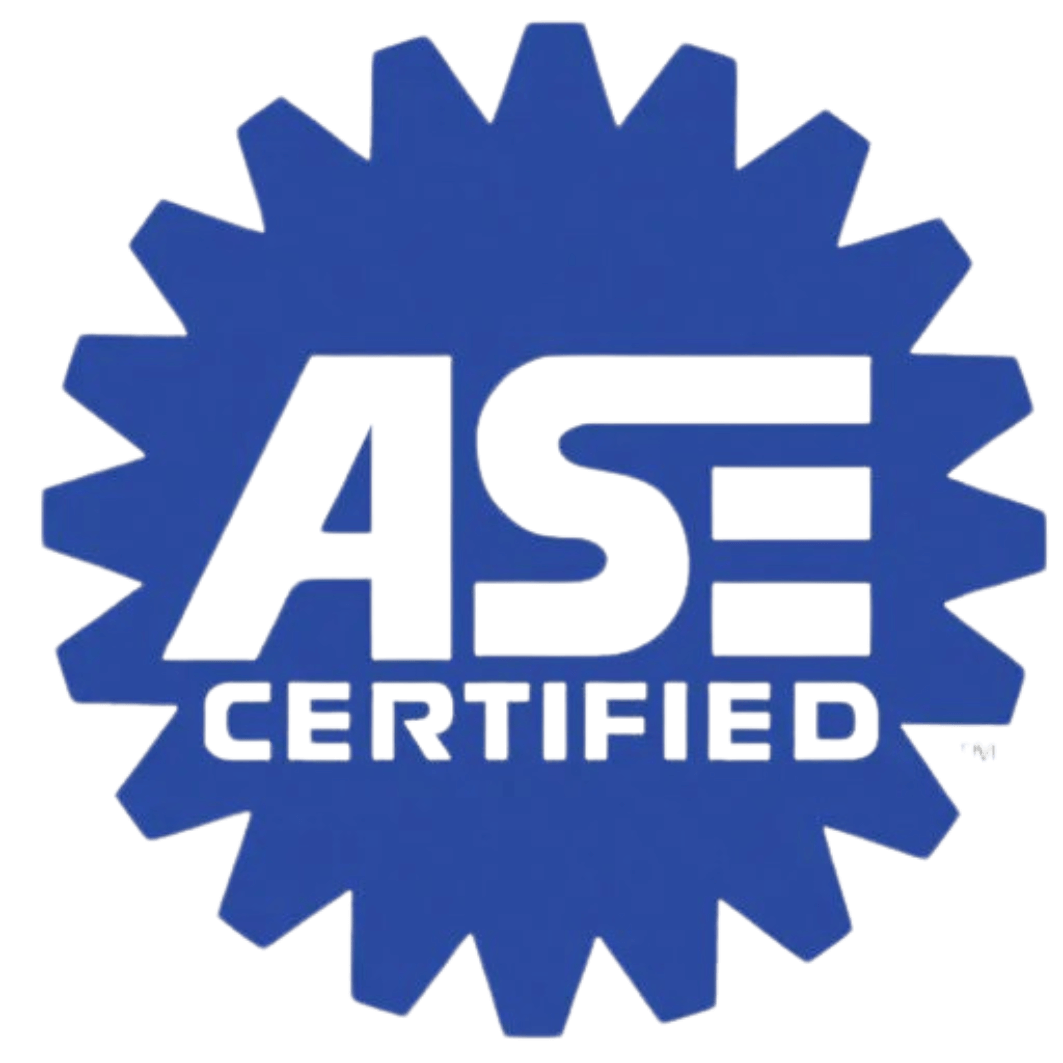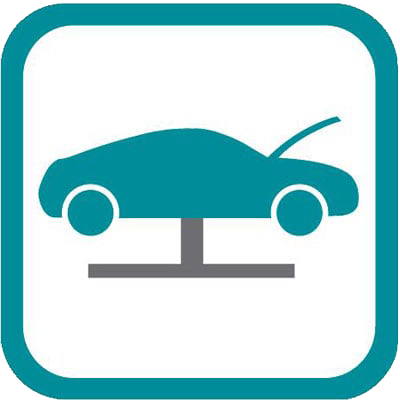Winter Driving: How to Stay Safe Driving in the Snow

Winter is just around the corner, which means that adverse weather conditions like snow, ice, and freezing temperatures are going to make the roads that much more dangerous and pose significant risks for both experienced and brand-new drivers. At Car-X, we want to ensure your safety and the safety of others on the road, so […]
Can My Flat Tire Be Fixed?

At some time or another, most people will experience a flat tire on their car. Flats can happen for a variety of reasons, and the good news is that in most cases, tires that have gone flat can be repaired. However, not all tires can be repaired. In this blog, let’s take a look at the various […]
Safety Tips for Driving In Heavy Rain

Spring has finally arrived- along with an increase in rainy days. Heavy rain may be beneficial to flowers, but it is not the best weather to drive your car in. The roads become slick and visibility can be limited due to rain and fog. Use these tips to ensure a safe trip during heavy rainfall. […]
Are Your Tires Ready For Winter?
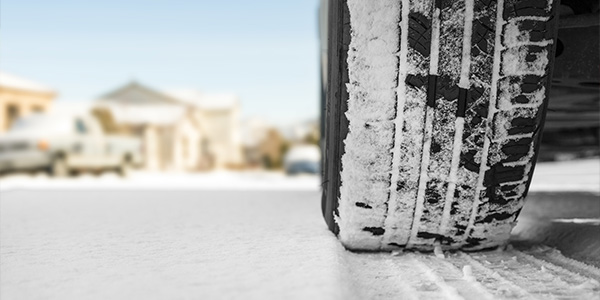
With the winter season upon us, it is inevitable we will soon be dealing with colder temperatures, snow, and ice. Properly maintained tires are vital…
Tire Season Has Begun
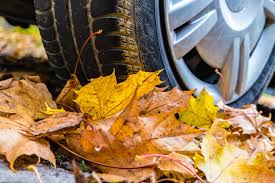
October is Tire Month at Car-X! Why? It is the best time of year to pay attention to your tires and make sure they are ready for the coming winter months. The importance of tire maintenance cannot be underestimated – they are your vehicle’s only contact with the road. • Have your tires inspected for […]
How to Change a Tire
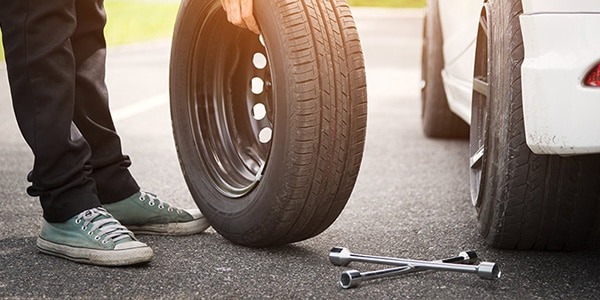
It is likely at some point in your life you will get a flat tire. Do you know what to do without having to…
